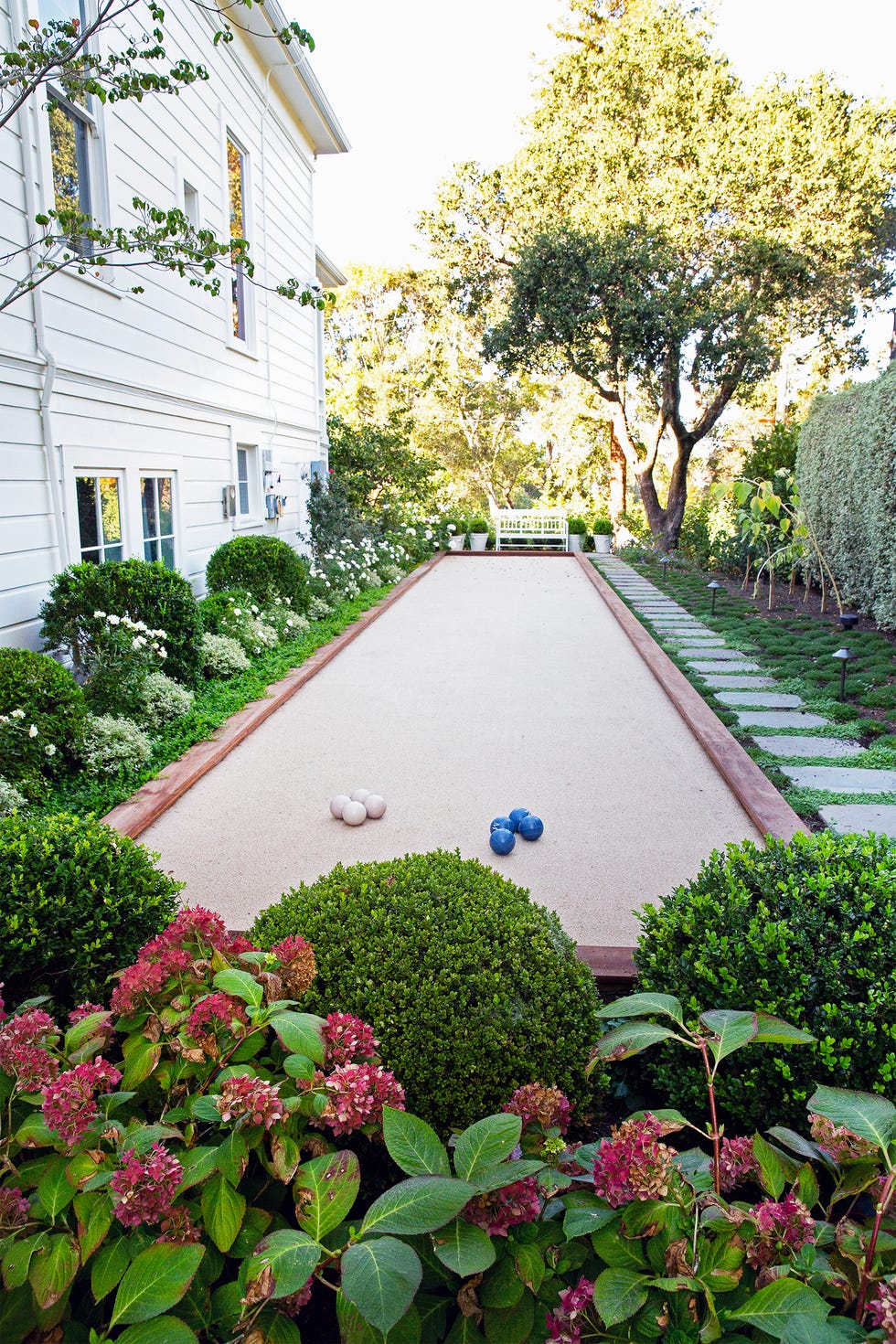The Basic Principles Of Landscapers
Table of ContentsThe Only Guide for LandscapersThe smart Trick of Landscapers That Nobody is Talking AboutThe Ultimate Guide To LandscapersEverything about LandscapersLandscapers Can Be Fun For AnyoneLittle Known Facts About Landscapers.
- A garden function where water is stood for by an accumulated rock product, typically a gravel or granite. These are most frequently located in modern and Japanese garden style.- A rock or natural flagstone patio area, path, or walkway developed without a concrete base. The base would certainly be compacted crushed rock and the joints would certainly be an aggregate or walkable ground cover. - A stone retaining or free standing wall surface constructed without the usage of mortar. - A below ground framework that gather water and enables it to slow percolate into the dirt around it.
Landscape layout that works with a sites' atmosphere in both appearance and sustainability without adverse influences to the atmosphere. Edging in the landscape is a line of demarcation that creates aesthetic rate of interest in the garden by separating one sector from one more segment. This can be visual or useful, keeping one element (such as pea crushed rock) from obtaining mixed right into an additional (like bark dust).
Areas can additionally have a feeling of "enclosure" supplied by trees, other growings, fences, or displays. The landscape near the entrance to a building. A tree, bush or vine, educated to grow on a wall surface or fence right into a specific pattern. Specifically helpful for fruit trees, making it very easy to gather the fruit and containing mess.
Excitement About Landscapers

The aspect in a landscape style or area in a landscape that is indicated to be most famous. The centerpiece can be a plant, stone, statuary, gathering space, or various other landscape attribute. A design of yards or yard aspects that worry straight lines, best angles and circles. Bushes or shrubs situated in beds near the structure of a home or other structure.

The 20-Second Trick For Landscapers
Reduced plants that are allowed or encouraged to spread over an area. Can refer to any type of "tough" yard components consisting of statuary or boulders but many frequently is utilized to refer to courses, patios, and walls - Landscapers.: Height difference between the level of water in a pond (or the level of the pump visite site if it sits outside the pond) and the top electrical outlet of water which impacts efficiency of the water pump in gph (gallons per hour).
A chemical used to control weeds. Fence boards that run horizontally, frequently used in contemporary or Japanese-inspired landscape designs. Lines that define spaces within a landscape concept. These often extend from corners or key attributes of an existing framework. Appropriate use fictional lines can help the landscape feel connected to the home and various other components.
Standard PNW landscapes are informal. A plant that spreads out more my response than wanted, or into habitats where it does damages.
The smart Trick of Landscapers That Nobody is Talking About
Can include head placements and insurance coverage, pipeline sizing, GPM specs, and materials needed to install this system. Certified specialist that designs landscapes, schooled in engineering and design as well as in gardening.
The specialist that intends and develops landscape projects, typically at a property or little business degree with the significant layout impetus on plantings. Landscape designers generally have less schooling than Landscape Architects and are not certified. A completed landscape design, detailing all elements for the new landscape. This typically takes the form of a drawing on paper.
Using many growings of the exact same selection to fill up in an area in the landscape. This can decrease maintenance and water usage in the yard.
A layer of compost or bark dirt applied at the base of a plant. A plant that was existing in a geographic area before individuals started altering the landscape.
Landscapers - Questions
How the garden or a garden aspect is prepared in partnership to an existing or brand-new function or to an instructions. Yards that are not mowed but grown in landscapes as perennials.

Plants that give seasonal passion and then pass away back in the wintertime. Cold season like it yard that is the most typical turf yard in Portland, OR and the remainder of the PNW.An open roofed structure over a patio or various other landscape feature.
Lava aggregate varying in size from 1/4" to dust. One of the most typical landscape crushed rock in the PNW. Area of the landscape made to manage rain water up until it can saturate into the ground. A chain that regulates water as it travels from a roof rain gutter to the ground. Yard structure that develops a planting location that is included and greater than the surrounding quality.
Structure constructed from wood, concrete, paving rocks, bricks or other products for stabilizing slopes and protecting against excessive erosion. Slim watercourse. Producing a yard attribute consisting mostly of rocks with growings that complement and can prosper in the rough environment. Sprinkler head design that revolves a stream of water throughout an area.
Landscapers Can Be Fun For Everyone
